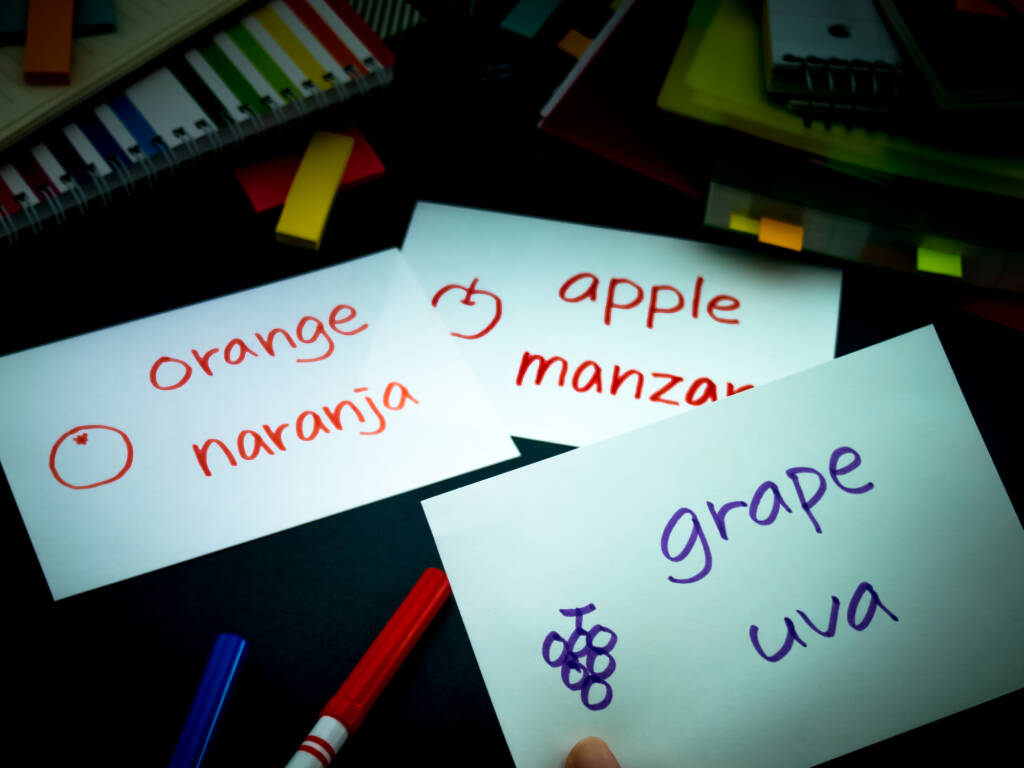
Elementary Spanish Level 1

Elementary Spanish is an introductory course that teaches students about the Spanish culture and language. The lessons are based on stories, making the learning experience fun and positive. Students will learn listening and speaking skills in the early levels, and then progress to learning Spanish literacy skills in Level 2. The course includes audio and visual materials to cater to different learning styles, and gives students plenty of opportunities to practice listening, speaking, reading, writing, and recording the language. Each course is designed to connect students with a specific Spanish-speaking region’s authentic culture through its arts, celebrations, and traditions, helping them become global citizens.
Please view the Elementary Parents Guide for Grades K-2 with guidance on helping your student transition to online learning and thrive at VLACS.
Major Topics and Concepts
Major Topics and Concepts:
Module One
- Spanish culture
- Greetings and introductions
- Numbers 11-20
- Plus and equals
- The Euro
- Feelings
- Activities with friends
Module Two
- Days of the Week
- Places in the Community
- Clothing
- Spanish Culture – La Fiesta del Toro
Module Three
- The beach
- How many are there
- Many and few
- The bathroom
- Washing hands, feet and face
- I know and I don’t know
- Lunch
- Asking “what do you want” and saying “I want”
- Helping and putting away
- Clean and dirty
Module Four
- The five senses
- The ways I move my body
- The weather
- El flamenco
Course Materials
All levels of Spanish require independent reading skills. We recommend students begin Spanish sometime during grades 2 or 3, depending on their reading level. Those who are not yet reading independently can take the course, provided an adult is available to read material to the student.
To achieve success, students are expected to submit work in each course weekly. Students can learn at their own pace; however, “any pace” still means that students must make progress in the course every week. To measure learning, students complete self-checks, practice lessons, multiple choice questions, projects, discussion-based assessments, and discussions. Students and families are expected to maintain regular contact with teachers because, when teachers, students, and parents work together, students are successful.
Required Materials – Please view the list of materials before registering.
Competencies
Comparisons and Spanish Vocabulary for Calendar and Community
I can interpret the days of the week in Spanish. I can interpret the places in my community in Spanish. I can describe the traditional clothing of Pamplona, Spain in Spanish. I can describe La Fiesta del Toro in Spanish. I can categorize animals as fast or slow in Spanish.
Introductions, Counting and Spanish Vocabulary for Feelings and Activities
I can interpret introductions in Spanish. I can identify numbers from 11 to 20 in Spanish. I can interpret feelings in Spanish. I can interpret social activities in Spanish.
Spanish Vocabulary for The Beach, Bathroom, Restaurants and Chores
I can identify items at a beach in Spanish. I can interpret items in the bathroom in Spanish. I can interpret the food at a restaurant in Spanish. I can interpret the chores done around the home in Spanish.
Spanish Vocabulary for the Senses, Body Movements, and Weather
I can interpret the five senses in Spanish. I can interpret movements of the body in Spanish. I can interpret weather expressions in Spanish. I can explain Spain’s traditional music and dance in Spanish.

